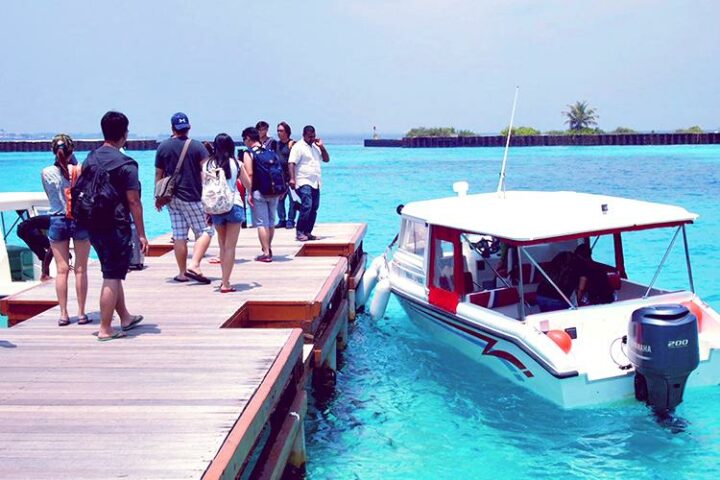
The complex web of factors behind Maldives’ unusual economic instability
The Maldivian economy has been navigating a rather peculiar and tumultuous terrain in the middle of this year. Unlike previous years, the current economic instability seems to be marked by unique characteristics that have caught the attention of economists and experts alike. Chief among these is the volatile behavior of the Maldivian Rufiyaa (MVR) against the US Dollar (USD) in the foreign exchange parallel market, also known as the “black market.”
At the same time last year, the USD had faced a decline in value against the MVR. However, the scenario has now dramatically shifted, with the USD trading at MVR 18 and even spiking to MVR 18.10 on certain days. This significant appreciation of the USD has led to an economic landscape that is rife with uncertainties and potential risks.
Dollar Appreciation and its Causes
Economists attribute the current phenomenon to a myriad of factors that have collectively contributed to the unique instability. Traditionally, the Maldivian economy has witnessed a strengthening of the USD during periods of declining tourism, often associated with off-seasons or unexpected global events. This appreciation is partly driven by the increase in demand for USD due to Hajj and outbound travel during school holidays, leading to a surge in imports and, subsequently, increased demand for USD.
Additionally, the increase in imports, notably large-scale projects conducted by government companies, has played a significant role in putting pressure on the USD. Government entities have been purchasing USD from the black market to facilitate their import activities, thereby adding to the already heightened demand for the USD.
Tourism and Trade Dynamics
The tourism sector, a lifeline of the Maldivian economy, plays a pivotal role in the currency fluctuations. Recent statistics indicate a 14 percent increase in tourist arrivals compared to the previous year, contributing to a substantial inflow of USD. While the overall revenue from tourism might have increased slightly, the amount of USD received from the public sector has been notable.
Government’s Role in Currency Distribution
A remarkable shift in the distribution of USD can be observed as government companies hold a significant portion of the USD. Last year, the Maldives Monetary Authority (MMA) provided around $1 billion to domestic banks, with over 73 percent of it being purchased by government entities. In contrast, the private sector’s access to USD has been limited, significantly affecting their ability to import goods at official prices. This lopsided distribution has further intensified the pressure on the USD.
Foreign Remittances and Currency Flow
The rise in foreign remittances, a significant source of USD outflow, has also impacted the USD demand. Although the influx of foreign workers has increased due to the changing employment landscape, the foreign remittances are likely to increase in significance.
Money Supply and Government Spending
The role of the government in printing money to fuel the economy after the pandemic outbreak cannot be ignored. Despite boasting a high GDP, the liquidity of the MVR has surged due to increased government expenditure, primarily driven by election campaigns. The upcoming presidential election, with eight candidates vying for power, has prompted massive spending by both major parties, leading to substantial money circulation.
Election-Related Factors
Elections have a cascading impact on various aspects of the economy, and the Maldivian scenario is no different. Increased travel, both foreign and domestic, in the run-up to the election, coupled with higher government spending, has injected more MVR into circulation. This influx has indirectly fueled the demand for USD, thereby exerting additional pressure on the currency.
Unraveling the Complexity
The unusual instability in the Maldivian economy can be attributed to a complex interplay of factors. From the traditional drivers like tourism and imports to the evolving dynamics of government spending and election-related activities, the economy finds itself navigating uncharted waters. The strong demand for USD, the lopsided distribution of currency, and the impact of foreign remittances are all contributing to the heightened instability.
As the economy strives to find its equilibrium, policymakers, economists, and industry stakeholders must collaborate to address these challenges. A comprehensive approach that considers both short-term stabilizing measures and long-term structural adjustments will be vital to restore balance and mitigate the potential risks associated with the current economic volatility.





